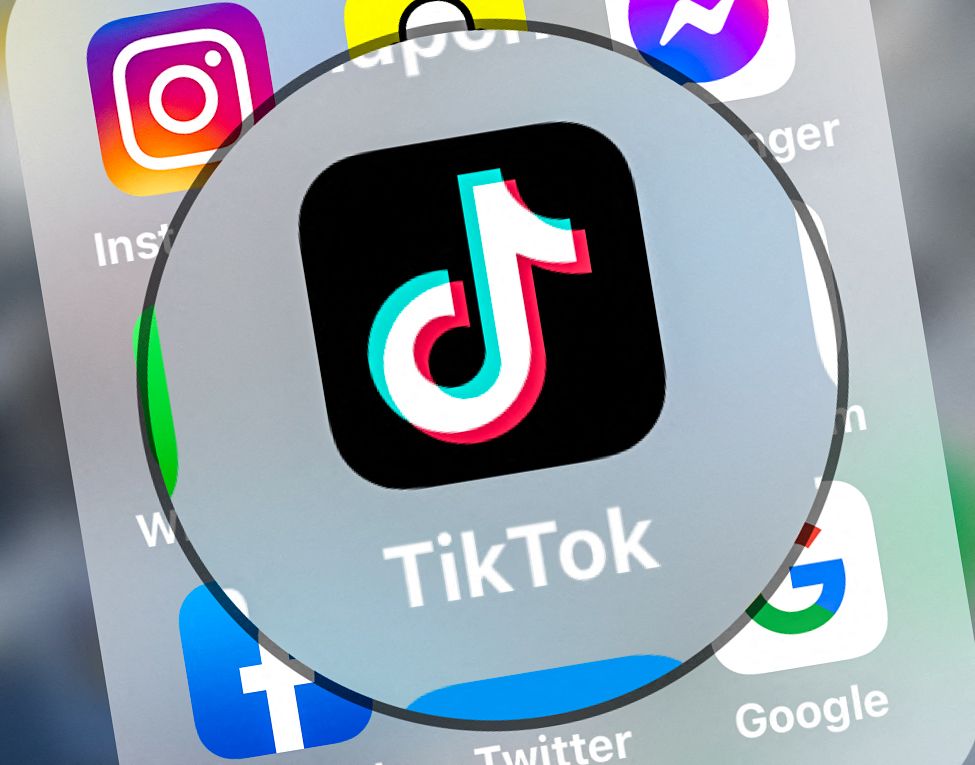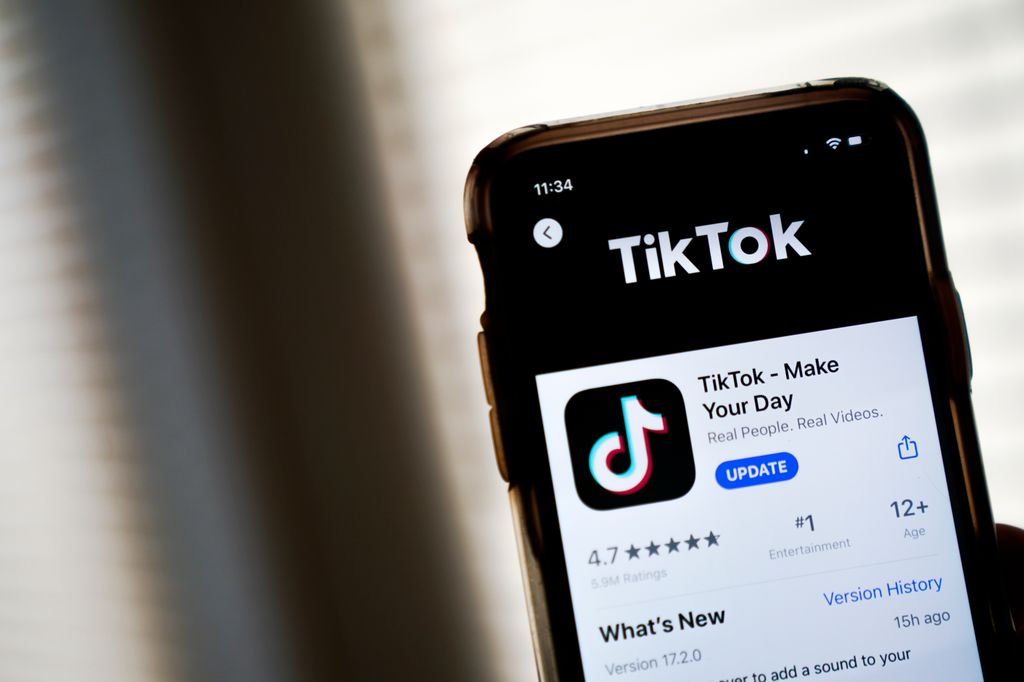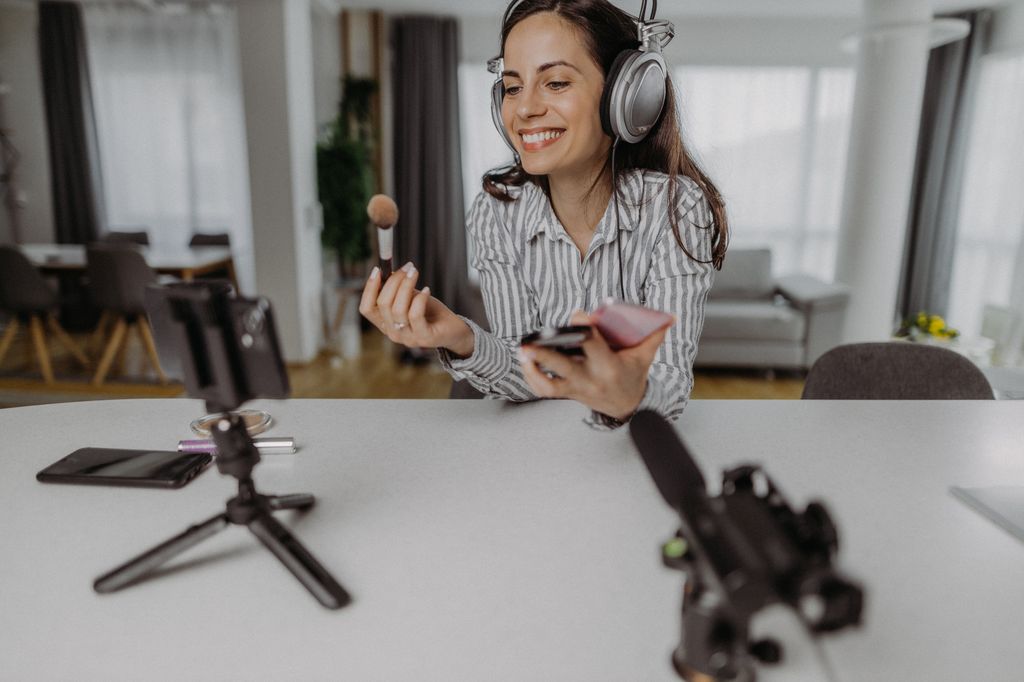We've all been there: your friend, colleague or partner sends you a hilarious video that has done the rounds on TikTok and suddenly you find yourself in a time-warp.
The social media platform is often a fantastic source of comedy, recipes, book recommendations, snippets of trivia, dance routines and more – the possibilities are endless.
However, TikTok, like many platforms in its industry, has the ability to expose teenagers, young people and those who are vulnerable to harmful and inappropriate content.
Therefore, knowing the tools and methods is essential to ensuring teenagers and young people are protected from the negatives on there. But how do we go about doing it?
HELLO! spoke to TikTok's Head of Family Safety & Developmental Health, Tracy Elizabeth, who shared her thoughts on what can be done to make sure TikTok remains a safe, enjoyable and positive place to interact online.
How can parents ensure their teens are safe while using TikTok?
Tracy insists that there is a "simple but effective" first step when it comes to tackling online safety with your teens: "Know the rules and use the tools."
"The first step for parents is to sign up for the same apps your teens use. 'Know the rules' relates to getting to know those apps, how they work, and what they're all about. By seeing what our teens are experiencing online, caregivers will be better able to understand and connect with those online experiences, and they'll have a chance to get to know their teens' interests."
Tracy added: "'Use the tools' relates to the safety features that apps like TikTok have. We have a Family Pairing feature available on TikTok that enables parents to directly connect with their teen's account and then adjust their teens' experience based on what is most comfortable for their unique family."
The Head of Safety at the platform also stressed that TikTok has a function in place which means that all accounts for between 13 and 15 year olds are set to private by default and they can't access private messaging, and notifications are muted earlier in the evening.
"Additionally, through Family Pairing, parents can still adjust features like who can view a teen's videos, who can comment on the videos, if the teen can use the search feature and many more," she added.
How can parents and teens communicate with each other about online safety and digital wellbeing?
Having a conversation about online safety isn't always easy with a teenager or young person. Tracy insists it's all about approaching it with curiosity rather than confrontation.
"It's critically important to talk with your teen about their digital experiences and media use. Now that you're familiar with the app, you can talk to them from a place of genuine interest and curiosity. Ask them what they're seeing, how they feel about it, and how they can use the safety settings. This is a great time for family bonding and heightened safety!"
How much time should teens be spending on TikTok?
The issue of screen time can be subjective and might be down to the individual parent/guardian, but we know that too much screen can have its own effects, including affecting things like concentration and sleep.
However, TikTok has done the hard work for parents and put their own measures in place. "Every account under the age of 18 automatically has a 60-minute daily screen time limit on TikTok. Scholars and paediatricians tend to agree that there is no universal 'right' amount of screen time and instead that those limits needs are specific to individual teens' needs."
Exclusive: 'Terrifyingly' easy access to porn is affecting our children, says government review head
MORE: Why parents need to prioritise their mental health
But Tracy adds that how the app is used is an important factor to consider when parents think about screen limits. "Creating and editing content on TikTok is a great way to activate the creative part of our brains," she said.
"Similarly, research has shown that platforms like TikTok can combat loneliness and help teens connect with communities when they might feel isolated. We appreciate that every family is unique and has their own view on what the right limits are for them."
How is TikTok handling online bullying and harmful content?
Parents will be pleased to hear that Tracy insists that TikTok has a "zero-tolerance" policy when it comes to youth exploitation, bullying and abuse.
"We have purposefully designed our platform to be a hostile environment for this kind of behaviour, and aggressively combat those who might seek to circumvent our protections. When we become aware of any such content, we take immediate action to remove it, terminate accounts, and report cases to NCMEC and, if necessary, law enforcement."
What other steps can parents take to ensure safety on TikTok?
Whether it's filtering keywords, comments, bulk deleting comments, etc. there are a number of things parents can do to keep it safe for their teen.
"[We have] Community Guidelines. Manage your privacy settings so that you can decide who can duet or stitch on your content, and the ability to submit confidential reports about accounts and content that violates our policies. We also created a bullying prevention guide, designed to help teens and caregivers to identify the signs of bullying both on social media and in real life."
Tracy also encourages people to report content that is harmful and in breach of their guidelines.













